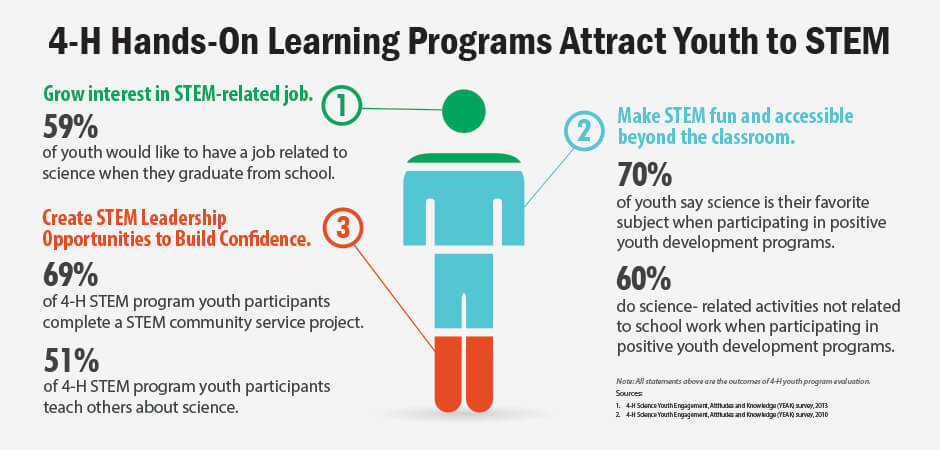Park and recreation agencies provide flexible learning environments for their students and are increasingly focused on coding, physical science, and innovative STEM programming not typically available to disadvantaged, rural, and low-income children during the school day or at home.
Currently 32 percent of park and recreation agencies around the country offer STEM programming, meaning 1 in 3 park and recreation agencies provide students with the chance to have hands-on experiences in the careers of tomorrow.
Park and recreation agencies can offer students the space to:
- Explore interests and improve competencies, such as team work, communication and problem-solving;
- Inspire technological curiosity, improve creativity, and promote deeper critical thinking; and
- Endow children with in-demand technological skills required for 21st century jobs.
As new technology takes a mission leap into space, on the home front, Digipreneurship University is new carving new inroads to strengthen opportunities that integrate history and STEM. Florida local parks and recreation centers have yet to embrace the digital wave so we pulled together a professional team to enhance options for after-school and remote learning that will allow students to utilize mobile devices with digital displays to engage with area cemeteries, key landmarks, and historical sites through new technology to compare and contrast data. The goal is to create holistic outcomes by engaging students in environmental concerns around climate change, agriculture, as well as mathematics by giving them access to critical data to improve local conditions.
Strengthening Career and Technical Education for the 21st Century Act (H.R. 2353) was signed into law, reauthorizing the Carl D. Perkins Career and Technical Education Act of 2006 (Perkins Act). Out-of-school time programs, such as those offered by park and recreation agencies nationwide, are vital to preparing students for future employment. Specific provisions of the law that benefit local park and recreation agencies include:
- Allowance for community-based partners, defined as a “local public organization,” to become eligible entities to receive funding directly to support CTE programs locally.
- Prioritization of STEM (science, technology, engineering and math) learning programs for underrepresented students, especially those encouraging career pathways for non-traditional careers, such as girls in computer science or coding camps for Latino or African-American students.
- Allowance for career development activities to start as early as fifth grade (previous limit was seventh grade).
Through hands-on activities, mentorships and internships, students have access to opportunities through their park and recreation agencies that will prepare and assist them in selecting a career path and setting goals for their future.
Dynamic displays connected to live data offer a unique way to communicate your message more effectively and in real time. Whether it is to inform people about occupancy before entering a space, or to manage traffic with smart road-sign systems, any public organization can benefit from this technology to make smarter decisions in near real time.
Digital signage can also be used by cities to better engage with citizens. Informing inhabitants about district events or encouraging people to use shared services displaying closest available city bikes and public transportation throughout the city are tangible use case scenarios. It is also a great way to engage people in small-scale direct democracy with polls on interactive kiosks to get people’s opinion and ideas about daily life topics.
Recently, the bipartisan “Infrastructure Investment and Jobs Act” was passed by Congress and signed into law by President Biden. It is the largest investment in infrastructure made in nearly a century. Participate in this online learning event to become familiar with this investment and learn more information about accessing the funding. This talk expands on topics that the NRPA public policy and advocacy team covered in the blog, “Breaking Down the Infrastructure Investment and Jobs Act.”
Objectives:
- Become familiar with the federal infrastructure package.
- Allow attendees to think creatively about how they might qualify for and access infrastructure investments




